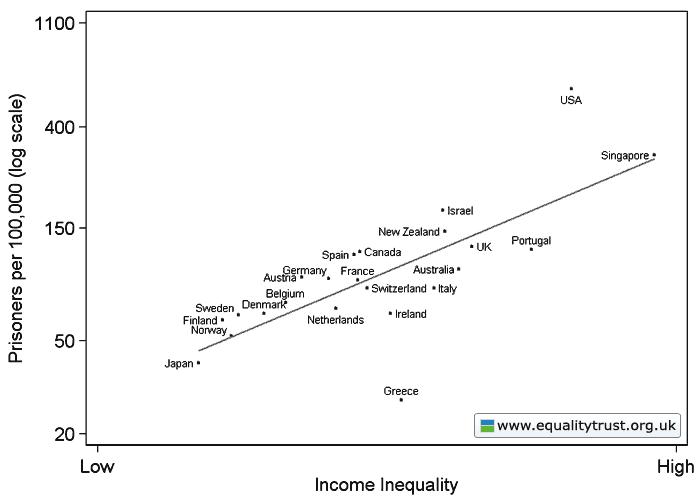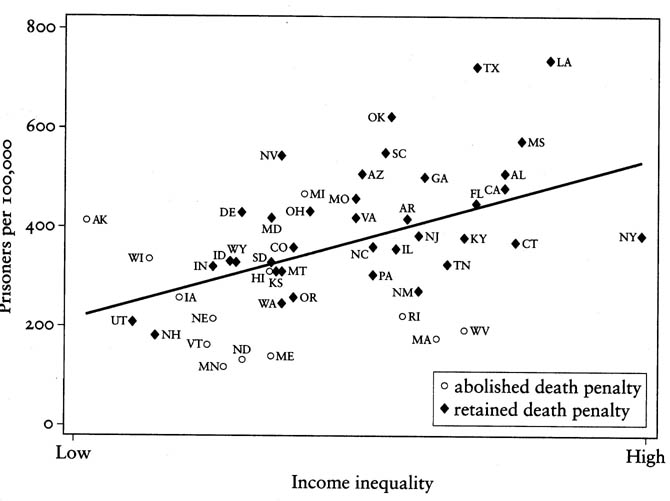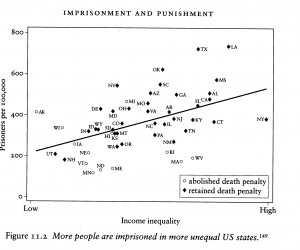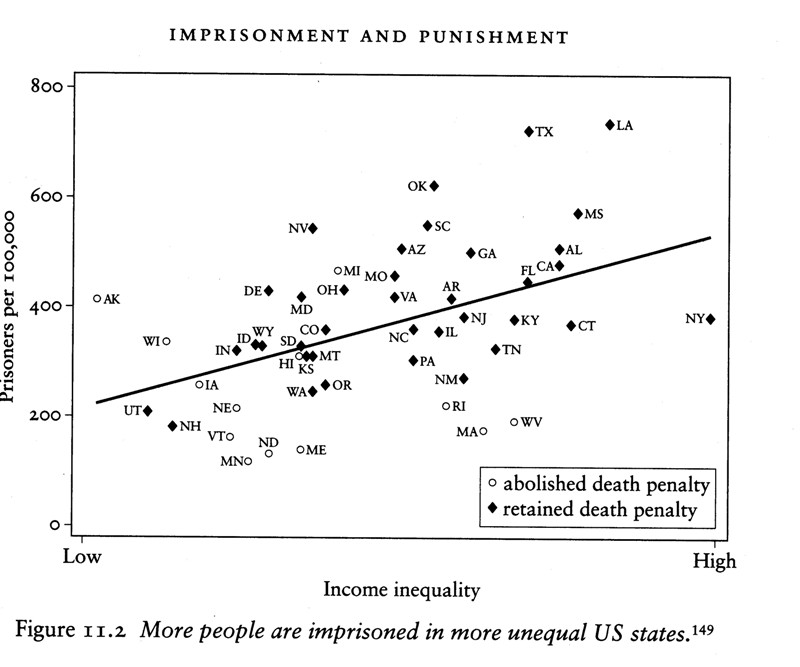Econamici: First it was the Dominican limo driver, who disappeared while driving a client upstate. When my husband extracted him from Utica jail a month later, it turned out he’d been arrested on bogus drug charges, and his limo confiscated. Then it was a friend, set up for a drug bust by his ex-wife, to gain custody of their child. Somehow, in 1994, we ended up running a small non-profit with a big name: Partnership for Responsible Drug Information, or PRDI—a response to the Big Media—Big Business Partnership for a Drug-Free America. For eight years we struggled for funding—foundations wouldn’t touch the issue—before we shut down in 2001.
It’s now forty years since President Richard Nixon declared the War on Drugs, the “WOD”. It was a cynical move, appealing at once to the white “silent majority” frightened by hippies, and to white southerners angered by the dismantling of Jim Crow laws. Yet while started by a Republican president, and famously identified with the wife of the next Republican president, Nancy “Just say No” Reagan, –the WOD has expanded relentlessly ever since, under both Red and Blue administrations. See Charles Blow on Drug Bust, New York Times, June 10.
Moreover, it’s not just the WOD. The superb July 2011 special issue of the libertarian magazine, Reason, “Criminal Injustice: Inside America’s national disgrace” spells out how the entire criminal justice system has become more punitive, more expensive, more arbitrary and more racist. California’s “Three Strikes You’re Out” and its imitators lock up shoplifters for life. Megan’s Law and its imitators require lifetime public registration of sex offenders—even though most of them pose no threat—like the 19 year old boy who slept with his 15 year old girlfriend. Then it’s the prosecutors’ plea-bargaining racket, the forfeiture game, the jailhouse snitches, the undocumented immigrant sweeps, and so on.
So what keeps the WOD going? These three: Misinformation, special interest capture, and increasing inequality.
Misinformation. AT PRDI, we sought to educate “opinion-makers” that the WOD was just alcohol prohibition, with all its illogic and human costs. We held forums with prominent judges as speakers, published a Directory of Drug Policy Experts for the Media, and organized the Voluntary Committee of Lawyers, modeled on the premier organization that helped overturn alcohol prohibition. I published a book chapter on “Economics of Illegal Drug Markets.”
At one level, we and our fellow anti-WOD organizations succeeded. Legalization is no longer a taboo subject, and major newspapers like the New York Times regularly editorialize against the WOD. Over Federal opposition, several states have legalized medical marijuana. But the WOD keeps growing, now wreaking bloody havoc in Mexico.
Special interest capture. When Governor Rick Scott of Florida took office, he immediately signed a law requiring drug-testing of all welfare recipients and state employees. Surprise! His urgent care chain, Soltanic, makes big bucks from drug-testing. Many police departments around the country expect to meet part of their budgets by “forfeiture”: seizing and selling property involved in offenses—like our Dominican driver’s limo, or homes with marijuana plants in the closet. Defense contractors profit from arming police swat teams to break down doors in the US, as well as paramilitary forces in Mexico and Colombia. Meanwhile the prison industry, including prison unions, lobbies for more repressive laws.
Increasing inequality. In 1976, the share of wealth owned by the top 1% hit an all-time low of around 20%. Now it’s back up around 36%, close to the levels in 1929 before the Great Depression. As I have argued elsewhere, the upsurge in inequality results from the dismantling of anti-trust laws and other policies justified by free market ideology.
Until 1973, the US prison population had hovered around 200 per 100,000. Then it took off exponentially, reaching 743 per 100,000 in 2009, the highest in the world. A little over half of both state and federal prisoners are non-violent drug offenders. Most prisoners are poor, minority, and ill-educated. A coincidence? I don’t think so. A society of equals would not tolerate the reality in California that a third of young black men are in the criminal justice system.
Compelling cross-sectional evidence supports the inequality hypothesis. Here are two graphs from the Equality Trust, publisher of The Spirit Level, showing how the most unequal countries and the most unequal US states lock up the most prisoners per capita.




Inequality doesn’t register with free market ideologues. In his introduction to the “Criminal Injustice” issue, Matt Welch, editor in chief of Reason, asks, “Why did all this happen?” He answers, “Because we let ourselves be OK with the ends justifying the means.” We?

